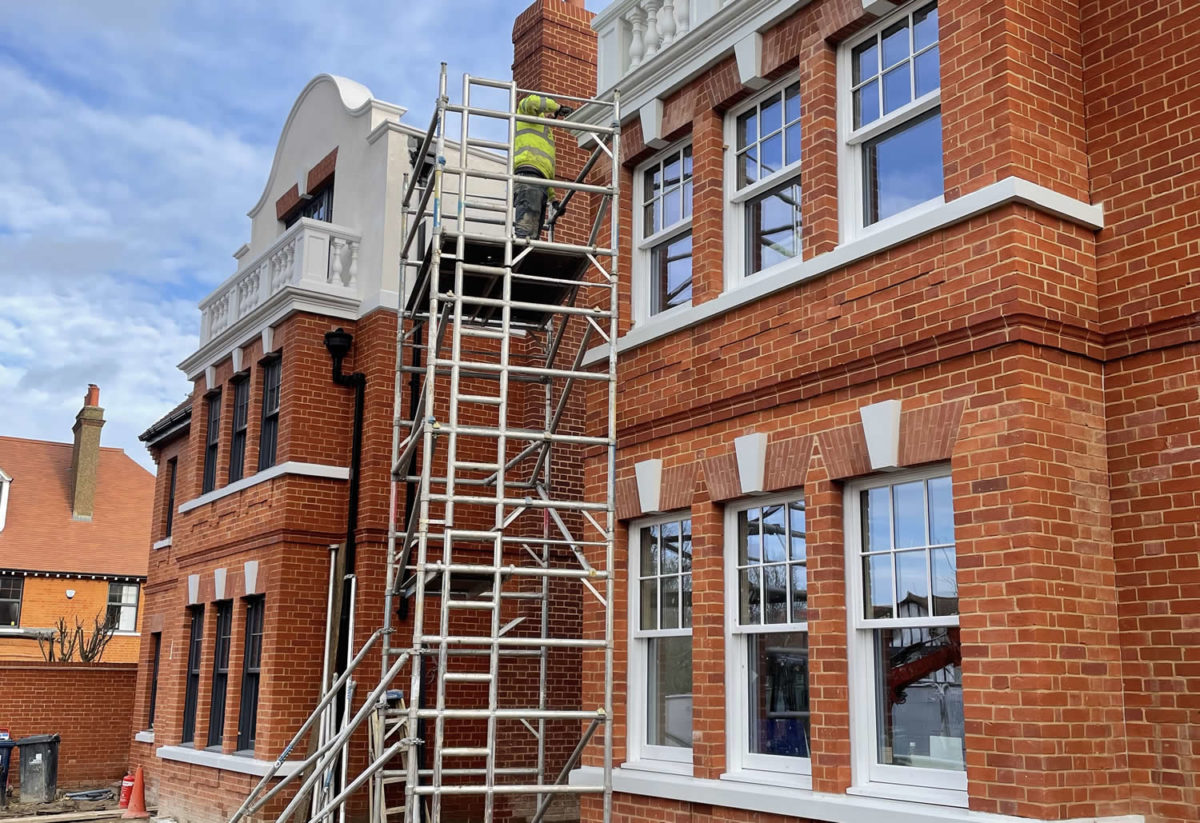Although house prices are still rising, there are signs more people are staying put and improving the homes they already have. Working from home means fewer people have to relocate because of work. The other main reason people move is because of growing families, but what if you can get the extra space you need without the heartache of leaving a place you love?
All things considered, a basement conversion is often a better solution but you need a careful cost/benefit comparison. While “ballpark figures” of £3K per square metre are often floated online, it can be far less or more depending on the house, neighbourhood, usage and geology. Here are five factors that determine the price.
1. Basement construction in London: overheads
Basement construction projects in London cost more because of overheads including travel, congestion and parking. Equipment hire and waste disposal (skips) are also dearer and so are local authority fees. However, these additional costs are offset by the value added to your property, given London’s high property prices.
2. Design and management
Architects, surveyors and engineers can add substantially to the cost but it depends on the scale and complexity of your project. If professional services add £10K to a £50K project, it may give you second thoughts but on a £200K project, it looks small. Moreover, not all projects need these services: refurbishment of existing basements may require no drawings or surveys unless there are known problems or a change to full-time occupation. For example, basement bedrooms involve building regulations and therefore professional plans. Planning or building regulations applications aren’t usually a major expense but it is important to get them right, and you may need party wall agreements with neighbours, plus insurance.
3. Groundwork
The biggest variable in a basement construction project is the excavation and underpinning required. Some conversions involve no groundwork at all while in others it accounts for 50% of the cost. Clearly, there is more work when floors need lowering or underground drains diverting. Irregular floor plans increase the ratio of supporting walls to floor area and excavations outside the footprint of the house – for example, stairwells and light wells – also add to the cost.
4. Waterproofing
Tanking an existing basement is relatively inexpensive – unless you get it wrong. Rectifying a damp problem after you’ve applied plaster and flooring is a scenario to avoid, and all too common if you allow non-specialist builders to undertake the job. Specialists can offer a variety of different waterproofing methods so an expert assessment of your requirements is always sensible.
5. Fitting out
This includes the plastering, flooring, wiring, internal staircases, plumbing (if required) and finally, of course, your furnishings. Your budget for these things is largely up to you and you can defer some of your expenses until later if you prefer.
Whatever the scale of your project, the most expensive mistake you can make is not to use a specialist basement builder. The two keys to a successful project are skilful assessment of the requirements and professional project management. Specialist companies offer all the skills and equipment under one roof, ensuring the right people and facilities are available when needed, and only for the duration necessary.

